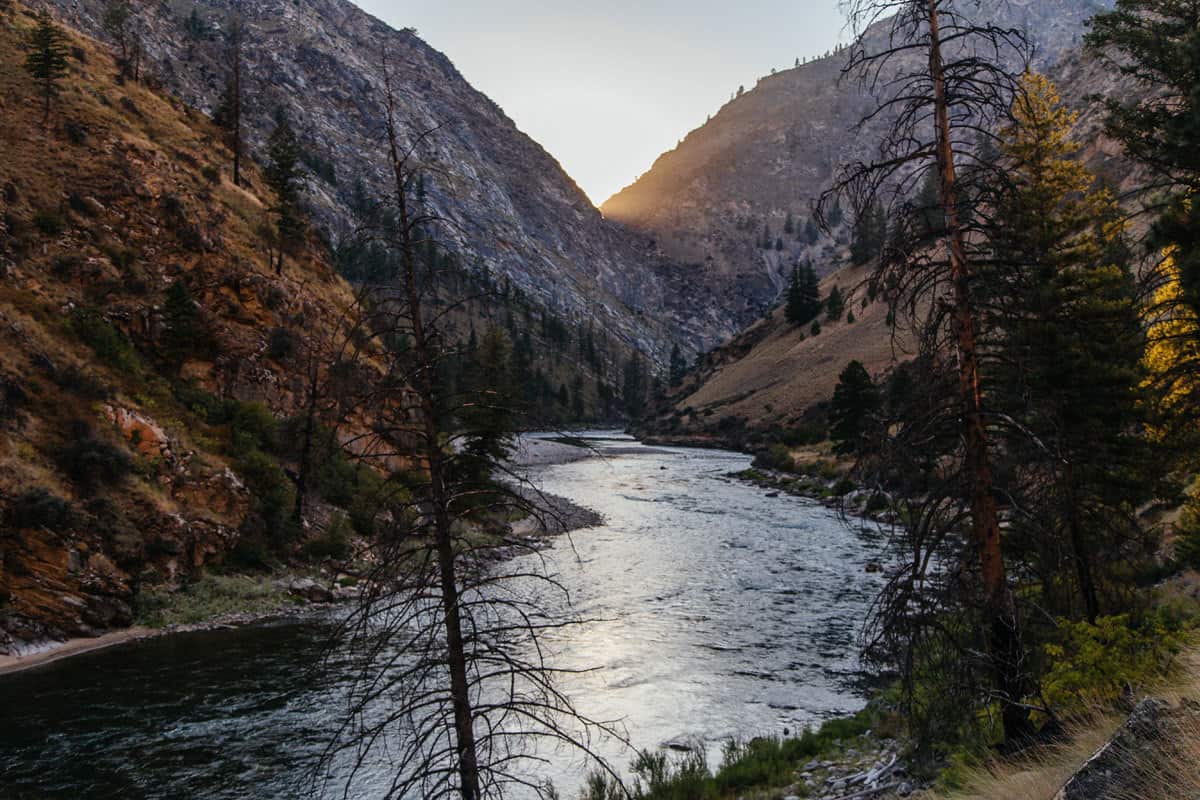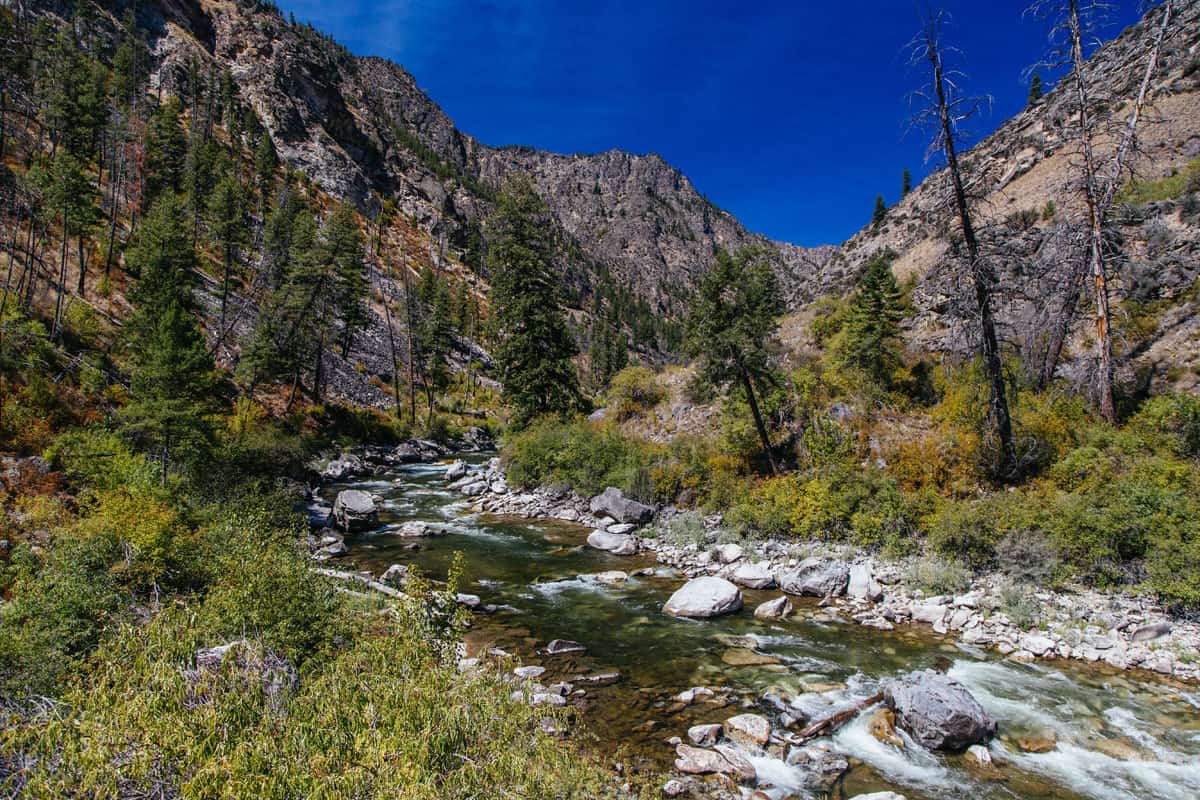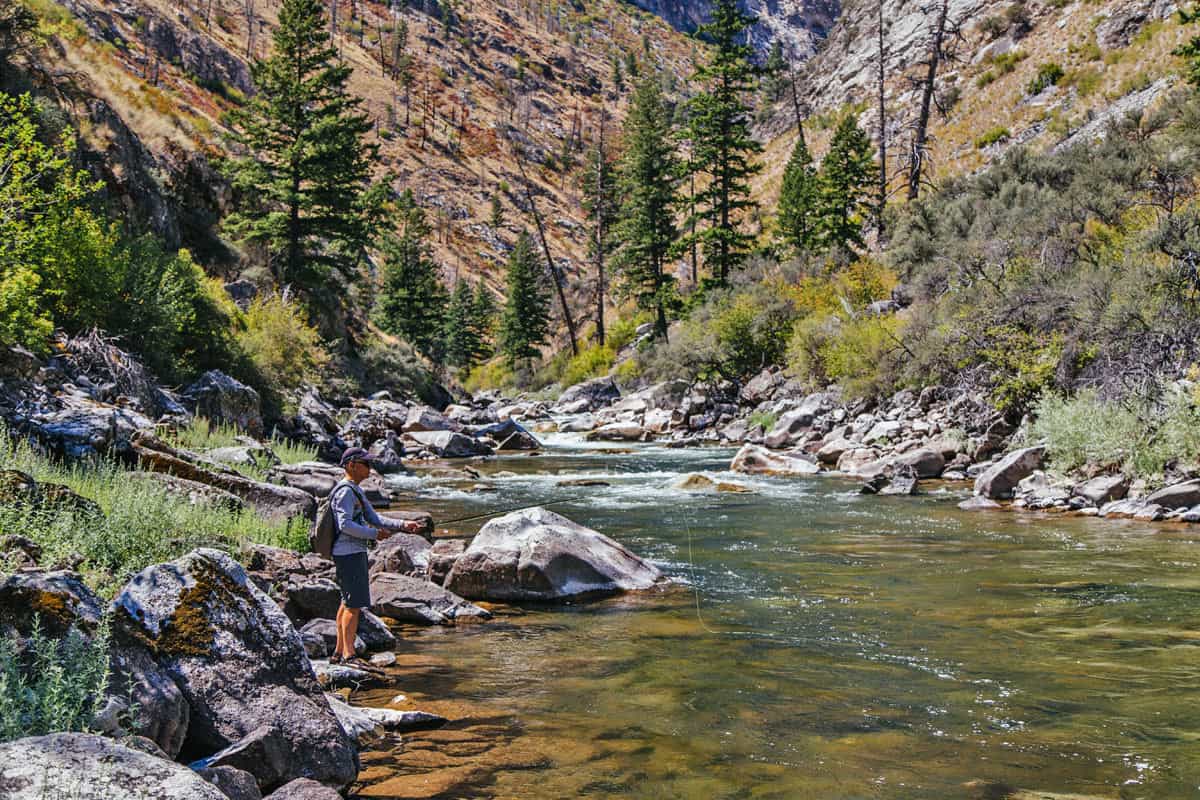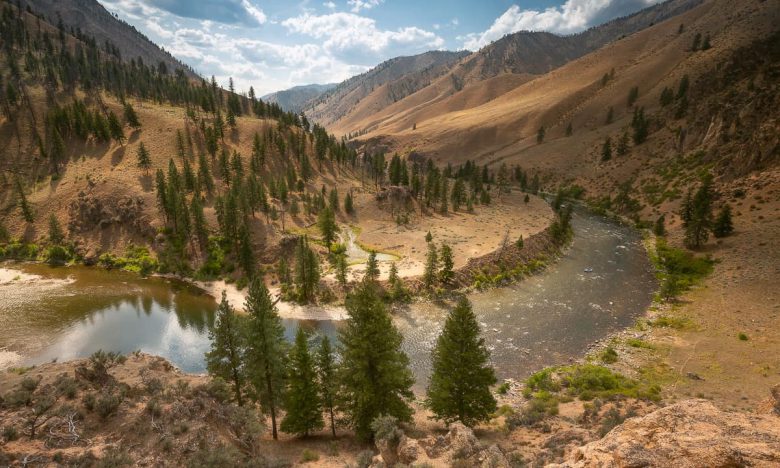For many, the rugged swath of Idaho contained within the 2.37 million acre Frank Church – River of No Return Wilderness is the embodiment of what the Wilderness Act of 1964 hoped to achieve. It is a place where in the space of seasons, free flowing rivers swell and dwindle, wildlife migrates across ranges of untrammeled peaks, and humanity’s trace is limited to a brief echo in a landscape left to exist as it always has.

Yet even now as the Frank Church Wilderness stands as one of the Wilderness Act’s greatest triumphs, it still does not lie beyond the reach of another piece of legislation, the antiquated Mining Act of 1872. As written, that law prioritizes resource extraction above all other uses of the land and leaves Federal land management agencies with few ways to prevent development in even the most pristine of places.

Citing such restraints, Keith Lannom, supervisor of the Payette National Forest, recently approved a plan by American Independence Mines and Minerals (AIMMCO) to undertake claim validation work inside the Frank Church Wilderness at their Golden Hand site located within the headwaters of Big Creek, a tributary of the Middle Fork of the Salmon River. First explored in 1889 and later deeded to AIMMCO, the Golden Hand mine was grandfathered in when the area received its wilderness designation in 1980.
“Federal mining laws dictate that the mining can take place, and the Forest Service does not have the ability to circumvent those laws”
“Comment on whether or not you think the Forest Service is requiring the mining company to adequately provide for the safeguarding of surface natural resources within the wilderness area.”
Keith Lannom, Payette National Forest Supervisor
At issue though, is not the legality of AIMMCO’s claims, but the manner in which they are proposing to validate them. Their recently approved plan calls for the use industrial equipment at the mine site, 24/7 drilling operations, and up to 571 motorized trips within the wilderness per year for three years. While Forest Supervisor Lannom correctly asserts that AIMMCO has a right to test their claims, the Forest Service also has a duty to protect in the public’s interest in maintaining the area’s wilderness character.

Recently a coalition of environmentmental groups including the Idaho Conservation League, The Wilderness Society, Earthworks, Friends of the Clearwater, and Wilderness Watch filed a joint objection to the Payette National Forest’s preliminary decision to allow industrial-scale activity at the Golden Hand site. Those groups, in objecting to the Forest Service’s approval of AIMMCO’s plan, are simply hoping to see the mine’s owners held to the same rules and regulations that any other visitor to the Frank Church-River of No Return Wilderness would have to abide by.
While the precedent that this industrial intrusion into the Frank Church could have on other wilderness areas is alarming, the most immediate threat is to the landscape itself. Anyone that has been lucky enough to see Big Creek, the Middle Fork of the Salmon, or the Frank Church Wilderness for themselves knows that these spots are not just names out in the middle of nowhere. They are real places that are truly like nowhere else.

